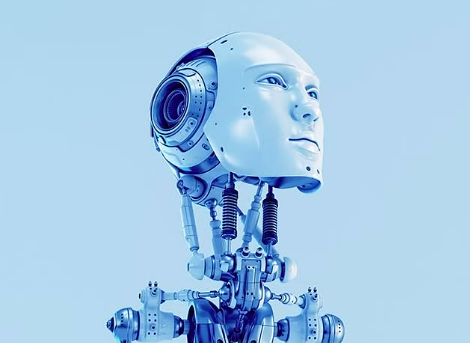From making art to writing essays, artificial intelligence seems to be taking over the world. Chatbot.gpt, in particular, became so popular at one point that it had a queue of people to access their website so it didn’t crash. The effectiveness and human-like capabilities of chatbot.gpt has raised questions regarding the true potential of AI. Will it take over the world?
Fortunately for us, AI is still largely restricted to machine learning, albeit very advanced machine learning. This means that the limiting factor in any AI software is still the amount of information stored in its database, making it impossible for AI to replace humans at this point in time.
While we are still able to control AI, it is being used to improve how people work. AI softwares are able to process extremely large amounts of data in very short periods of time and solve complex problems humans would be unable to solve on their own. Because of this, AI is being used in several fields of work to increase the efficiency and effectiveness of what professionals are able to achieve. One such field is the construction field, and more specifically how concrete is used.
Of all construction materials used, concrete is one of the most used. From laying foundations of structures to building roads and bridges, the amount of concrete used in the modern construction industry is immeasurable, and concrete is constantly being produced and sent to builders all around the world.
In an ever urbanizing world with construction projects only growing larger in scale, how concrete is used is becoming detrimental to our environment. In order to make concrete, multiple materials are required like sand and cement. Usable sand for concrete is becoming harder to procure because not all sand is coarse enough to be used for a strong holding mix. Because of this, top soil is dug up wherever usable sand can be found, and it is stripped of all viable resources. And while cement is easy enough to make, it produces large amounts of greenhouse gas emissions. In fact, the production process of all concrete used globally makes up approximately 8% of all carbon dioxide emissions.
Fieldston architecture teacher Marc Ganzglass points to alternative materials as a solution. Marc has an extensive background and career in the design and fabrication field and is very familiar with the various applications of concrete and how it can affect a project, site, and more. Marc says that “We will not be able to keep producing concrete the way we have been.” Particularly in the context of urbanized areas, the amount of concrete used on a daily basis is enormous and is choking our cities. The issue lies in the fact that we continue to build and develop new buildings, neighborhoods, stadiums and more with no regard to a dwindling supply of buildable land and materials. Marc poses a simple question, “Do we need more concrete? No.”
What we do need is a more sustainable material, one that is not so resource intensive with dangerous environmental repercussions. Marc says viable alternatives include recycled concrete made out of demolished buildings and structures, and even mycelium, a concrete-like fungus root that can be used for building large structures. However, these materials will likely not be implemented on industry-level scales. Instead, what can be implemented is the use of Concrete.ai. Concrete.ai is an AI software that can assess how concrete is being used in a construction process and develop a unique mixture of cement and aggregates to create a unique concrete formula for that project. Furthermore, it can calculate the precise amount of concrete needed with zero error, whereas when people calculate this amount they often estimate a much higher amount than needed. This leads to massive amounts of extra concrete left on every project site, and with no use for this surplus material it is often thrown out.
By producing the formulas and finding the amount of concrete needed for projects, “Concrete.ai [creates] a new pathway to safe, sustainable and lower-cost concrete construction” by eliminating wasted materials and costs in any given project. If this technology is used industry wide, Concrete.ai will be able to “avoid 500 million tons of carbon dioxide entering the atmosphere annually”.






